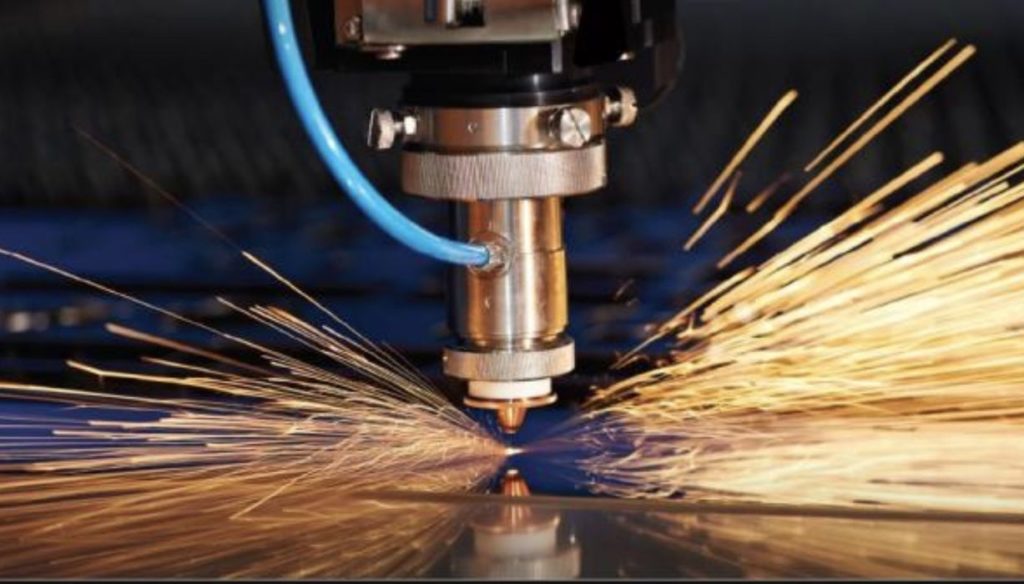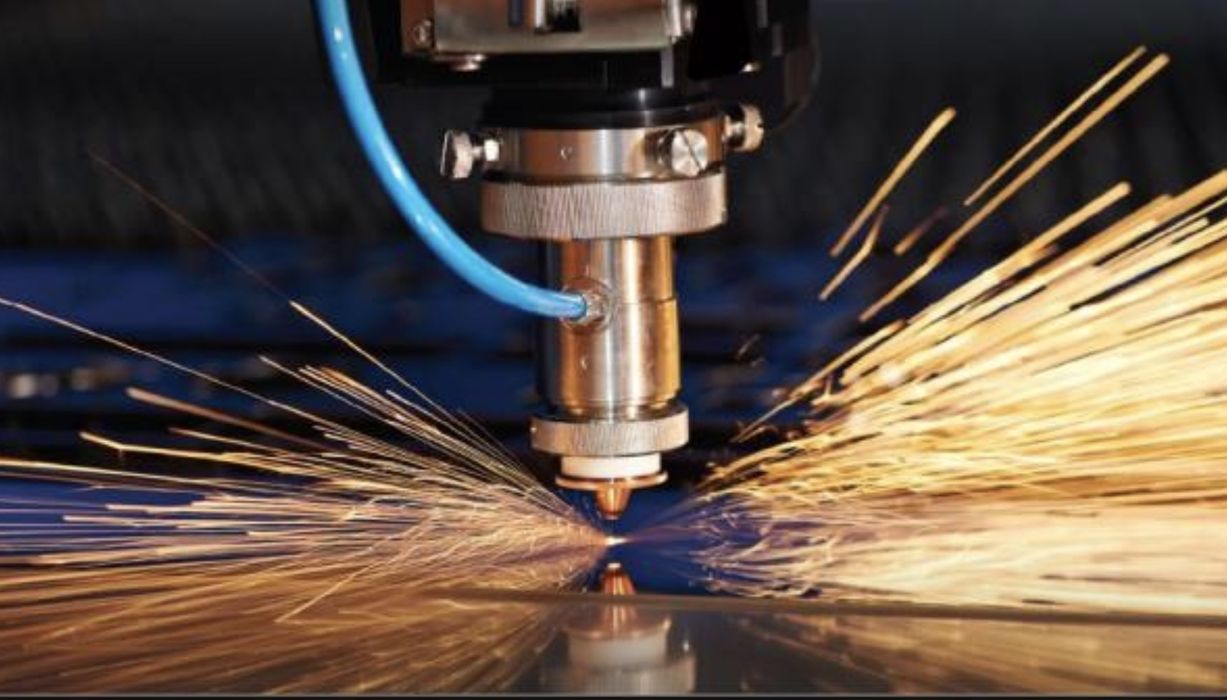
This week’s selection is “Design for Manufacturability: How to Use Concurrent Engineering to Rapidly Develop Low-Cost, High-Quality Products for Lean Production” by David M. Anderson.
The phrase “design for manufacturability” resonates strongly with me, as it’s a topic that has frequently arisen, particularly when using 3D printing.
Here’s the typical scenario: a designer develops a 3D model for a part or product, and then, in anticipation of many sales, approaches a proper manufacturer to produce many units. However, they’re typically shocked to find the price per unit to manufacture the parts is far higher than anticipated.
This is because the part was not designed with manufacturing in mind. While any geometry can be easily produced with a 3D printer, that’s not the case with traditional manufacturing processes, often due to geometry complications. For example, a 3D model might not be moldable due to a complex geometry.
In response, the manufacturer will do their best to attempt to produce the item as presented, and that might require splitting it into many parts consequently the price rises due to the cost of multiple molds.
Usually there’s an iterative process that evolves between the two parties, where the designer gradually adapts the original design into a form that is manufacturable at a reasonable unit price.
While that achieves the goal of producing the parts, there’s often a second outcome: the designer never approaches a project without considering the manufacturability concerns.
That’s a good secondary outcome, but it’s possible to get ahead of the problem with a review of this book, where the concept of “design for manufacturing” is discussed in great detail.
The book’s first section delves into the design aspects, and how to design for the lowest cost of production. Of particular interest is the author’s strategy for “doing it right the first time”, which is precisely the opposite of the scenario described above.
The latter section of the book discusses the idea of short circuiting the problem entirely by using concurrent design approaches. In this approach, the designer and the manufacturer work jointly on the project in order to understand each other’s needs to complete the job. This inevitably leads to a manufacturable design obtained far faster than by doing it in isolation.
If you’re interested in 3D printing parts intended for low volume or mass production, you might want to review this book.
We’re an Amazon Associate and earn a small fee from qualifying purchases. Help support our 3D print news service by checking out this book!
Via Amazon

